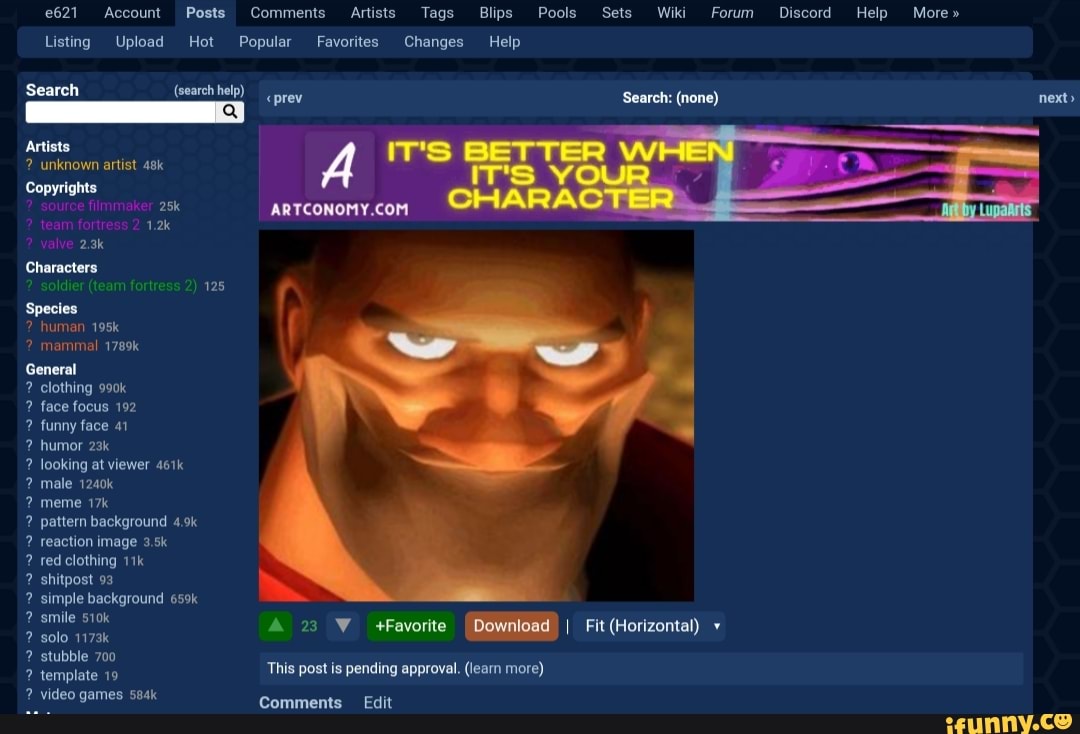

add your recorded voice clip by selecting the clip editor (F2), right clicking on Dialog (near the bottom), and choosing Add Clip to Track or Record Narration.if you want them to move with a character, make sure you lock them to that character (e.g.the same way that you added a new model in step 6.add any props and position them how you'd like.click the + sign to Create Animation Set(s) for Existing Element(s) and choose camera1 so that you can animate that camera.or click the down arrow on the right of the active camera button (below the viewport), click Change Scene Camera, and click New Camera.add a camera by pressing c on the keyboard.(near the bottom right of the map window) and either the Motion Editor (F3) or the Graph Editor (F4) move the model to the appropriate place by selecting its name in the Animation Set Editor, the move tool.look in the categories player and survivors for good human models.click the + sign right underneath Animation Set Editor to Create Animation Set for New Model.you can move the camera around by holding down the mouse button where you'd just loaded a map (the viewport) while you use the keys WASD and ZX.for a quick overview of the maps, check here on the Team Fortress 2 wiki).right-click the black part where it says " No Map Loaded!" and choose Load Map.set the Framerate to 30 (although the default 24 is fine too).name your session (or open an existing session).The basic process I go through to create videos (like the one below) is: If you're really adventurous you can render at 4K with -sfm_resolution 2160 but you'll need a decent computer a lot of time.
Source filmmaker wiki 1080p#
Rendering 1080p videos takes a long time too, on my i7 desktop it took almost an hour and a half to render a one minute clip.

This isn't recommended until you're ready to render, since working in 1080p makes things a little slow. In order to render 1080p videos, you need to start the program with the argument -sfm_resolution 1080 (either from your Steam library by right-clicking it and choosing Properties then SET LAUNCH OPTIONS. or by editing the desktop shortcut). You may need to adjust its position a little, especially if you used rootTransform because there was no bip_head.Īttach a prop to a character's hand by locking it to the weapon_bone under Unknown in the character's animation set. Drag the character's bip_head control on to the hat's bip_head (or rootTransform) control, then select all of time in the Motion Editor (if it's not all green already), select the Body animation set of your prop and then under Procedural drag the Default control from left to right. a hat) to a character's head by locking it to the bip_head control in the character's animation set. I was particularly interested in models with facial animations for lip-sync, and there are a number available there.Īttach a prop (e.g. More models and props can be downloaded (subscribed) from the Steam Workshop. And I recommend using a nice USB microphone for recording audio. The up and down arrows take the playhead to the beginning and ending of a shot, respectively.Īudio should be in WAV format. There are also numerous video tutorials available on YouTube, including the official ones. The best source of information is the official SFM wiki. I've been playing with Source Filmmaker a bit lately, and I wanted to document some of the things that I've learned.


 0 kommentar(er)
0 kommentar(er)
